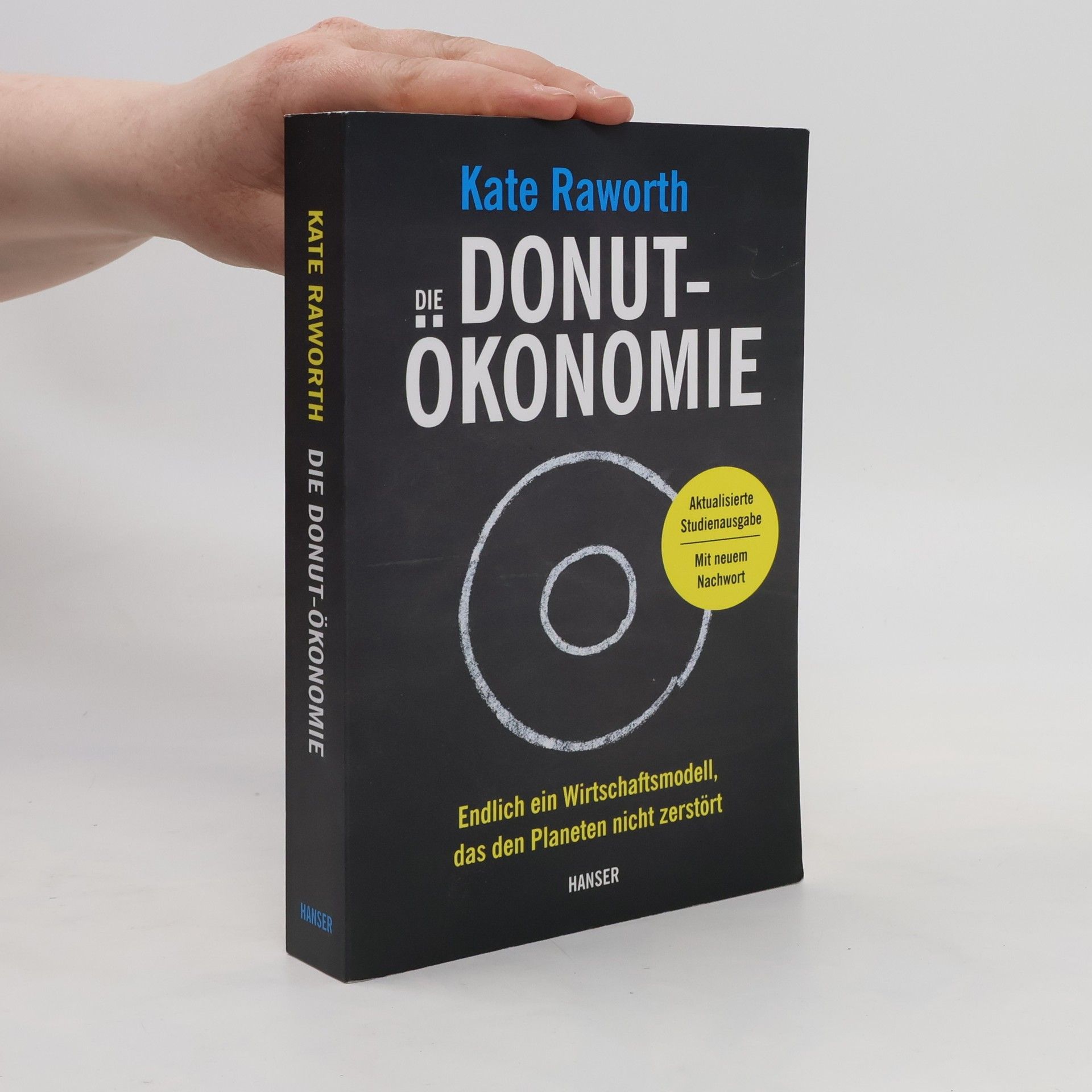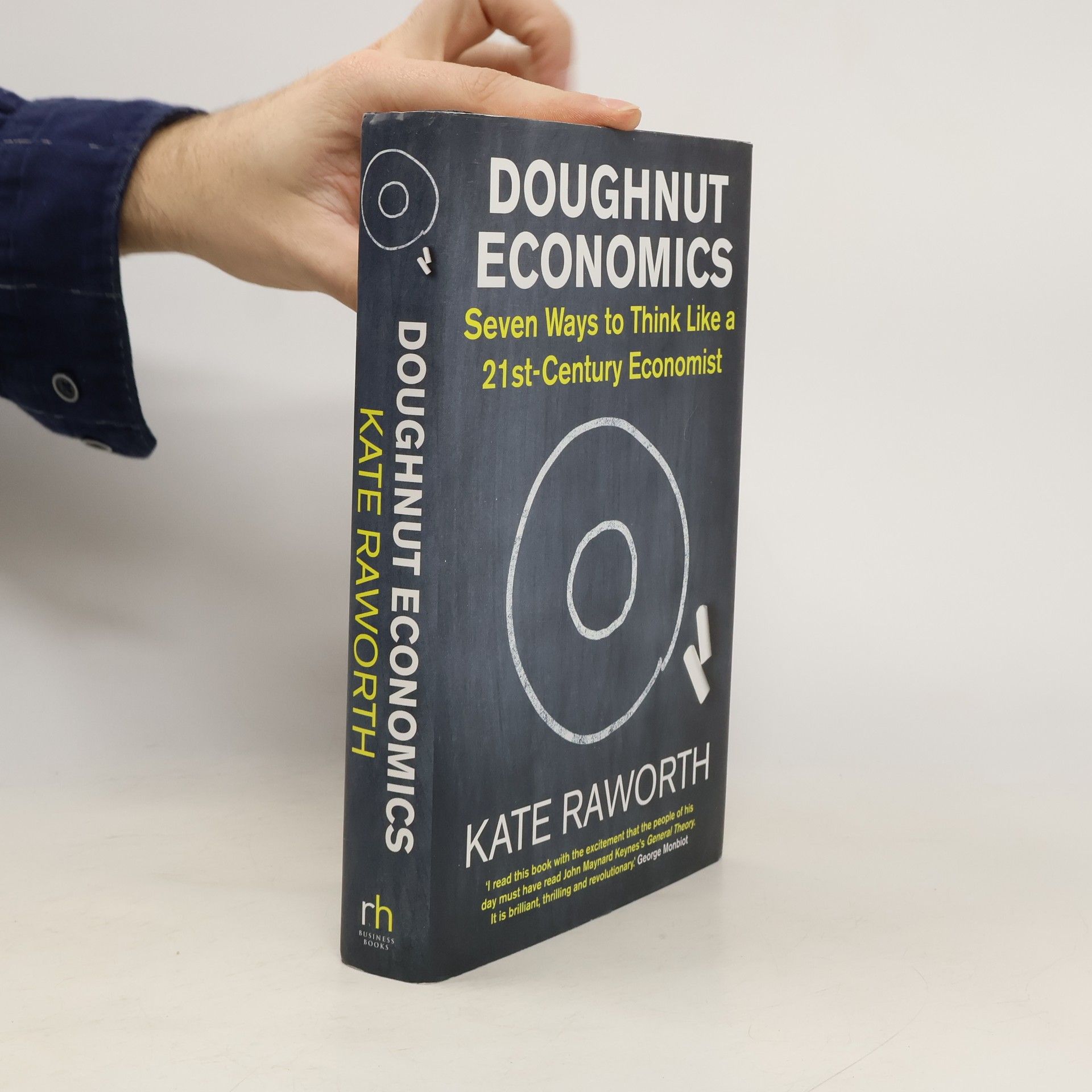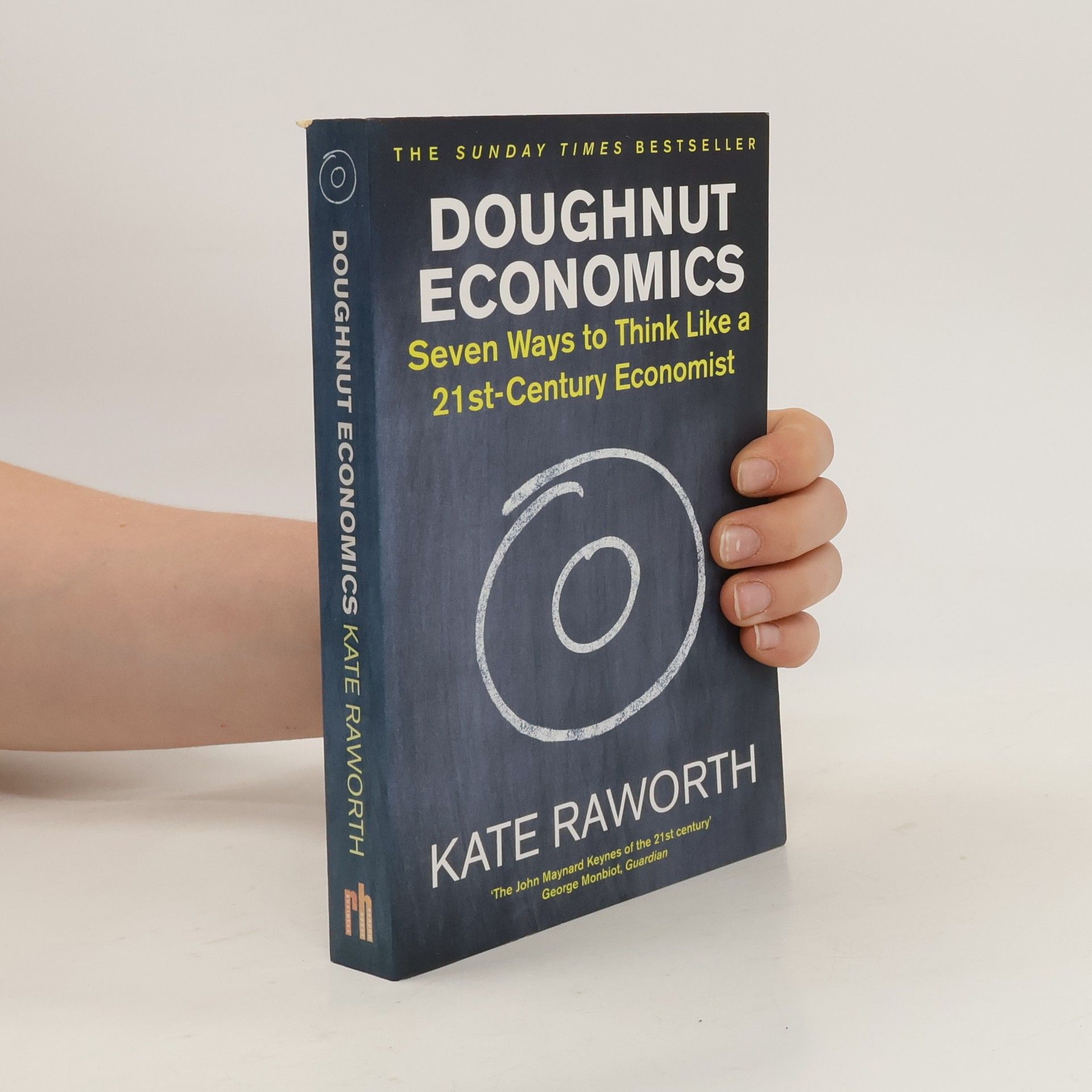Raworth sets out seven key ways to fundamentally reframe our understanding of what economics is and does. Along the way, she points out how we can break our addiction to growth; redesign money, finance, and business to be in service to people; and create economies that are regenerative and distributive by design. Named after the now-iconic doughnut? image that Raworth first drew to depict a sweet spot of human prosperity (an image that appealed to the Occupy Movement, the United Nations, eco-activists, and business leaders alike), Doughnut Economics offers a radically new compass for guiding global development, government policy, and corporate strategy, and sets new standards for what economic success looks like.
Kate Raworth Livres
Kate Raworth est une économiste rebelle axée sur la mentalité économique nécessaire pour relever les défis sociaux et écologiques du XXIe siècle. Elle est la créatrice du concept influent de "l'Économie du Donut", qui définit les limites sociales et planétaires. Son idée acclamée a profondément influencé les penseurs du développement durable, les entreprises progressistes et les militants du monde entier. Raworth prône un changement essentiel dans la pensée économique, plaidant pour des approches qui équilibrent le bien-être humain avec la santé de la planète.







Remorseless financial crises. Extreme inequalities in wealth. Relentless pressure on the environment. Anyone can see that our economic system is broken. But can it be fixed? Here, Oxford academic Kate Raworth identifies the seven critical ways in which mainstream economics has led us astray - from selling us the myth of 'rational economic man' to obsessing over growth at all costs - and offers instead an alternative roadmap for bringing humanity into a sweet spot that meets the needs of all within the means of the planet
Doughnut Economics
- 384pages
- 14 heures de lecture
Thrilling.' Times Higher EducationA really important economic and political thinker.' Andrew MarrAn innovative vision about how we could refocus away from growth to thriving.' Daily Mail`An admirable attempt to broaden the horizons of economic thinking.' Martin Wolf, Books of the Year, Financial Times
Ekonomiczna książka roku Financial Times'a. W tej bezkompromisowej, erudycyjnej, ale i optymistycznej książce Kate Raworth proponuje nie tyle zmianę w rozumieniu, czym ekonomia jest i czym mogłaby być, ale przedstawia konkretne rozwiązania jak zerwać z mitem konieczności ciągłego wzrostu PKB, jak zmienić system monetarny i fiskalny, i wreszcie: jak uczynić biznes wartościowym i pożytecznym dla ludzkości. Dotychczasowe koncepcje ekonomiczne wykładane od lat na uniwersytetach nie wystarczają, bądź są zwyczajnie nieaktualne we współczesnym świecie, który musi stawić czoła katastrofie klimatycznej, walczyć z postępującymi nierównościami ekonomicznymi oraz ambitnie podchodzić do dziesiątek innych wyzwań społecznych ludzkości. Potrzebujemy nowych dróg, idei i rozwiązań.
Kniha představuje nový způsob ekonomického myšlení, v jehož středu stojí environmentální a sociální udržitelnost. „Kobliha“ už dnes inspiruje státy i města v moderním přístupu k jejich rozvoji. Model navržený ekonomkou Kate Raworth nabízí alternativu k ideologii růstu za každou cenu. Umožňuje představit si takovou ekonomiku, která by dala všem lidem důstojný život a přitom respektovala hranice naší planety.
Kate Raworths nachhaltiges Wirtschaftsmodell – jetzt als aktualisierte, durchgesehene Studienausgabe mit neuem Nachwort der Autorin Die Vision von Ökonomin Kate Raworth hat sich als brillant erwiesen: Ihr Donut-Modell bietet einen Weg aus der Krise, der Kapitalismus, Ökologie und soziale Grundrechte vereint. In der Mitte des Donuts liegt das gesellschaftliche Fundament, darum der Kreis aus Ökologie, Politik, Wirtschaft – harmonisch im Einklang. Inzwischen gibt es weltweit Initiativen, die nach dem Donut-Modell arbeiten und damit den Weg für eine Wirtschaft ebnen, die den Planeten nicht zerstört. Der Donut ist eine radikale Abkehr von allen gewöhnlichen Wirtschaftsmodellen und bietet etwas, womit in der heutigen Ökonomie kaum noch jemand rechnet: echte Hoffnung. Die aktualisierte, durchgesehene Ausgabe gibt diese Entwicklungen wieder. Mit einem Nachwort der Autorin.